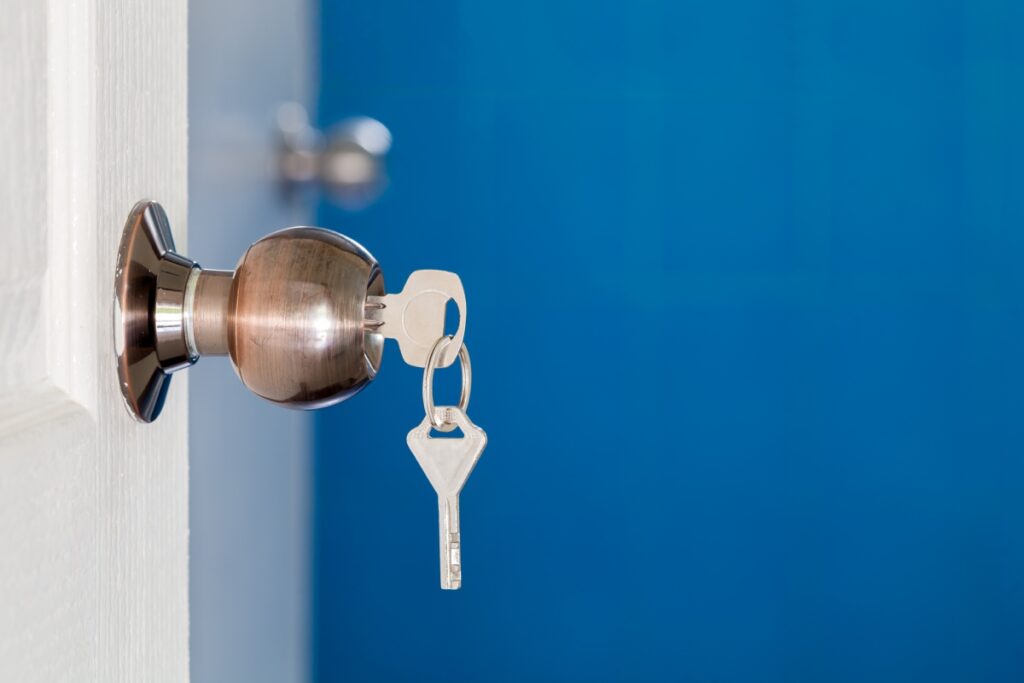According to statistics, there are about 1.7 million home invasions in the United States every year, and the majority of them occur in less than ten minutes. The FBI states that in 2019, about 38% of break-ins left little or no indication of forced entry.
Break-ins can be accomplished in a variety of ways beyond the lock-picking technique. Using bump keys, or lock bumping, is one of those ways. While many people are familiar with lock picking, lock bumping is actually the method used most frequently by burglars.
Pin tumbler locks and cylinder locks are the most common lock types in the world. These locks come in a variety of sizes, colors, and applications. They’re suitable for both residential and commercial usage, which is why they’re so popular. However, a pin tumbler lock and a cylinder lock, as well as other sorts of locks, can be opened easily with a bump key. This is why homeowners and property managers must learn what a lock bumping is and how to avoid it.
What Is a Bump Key?
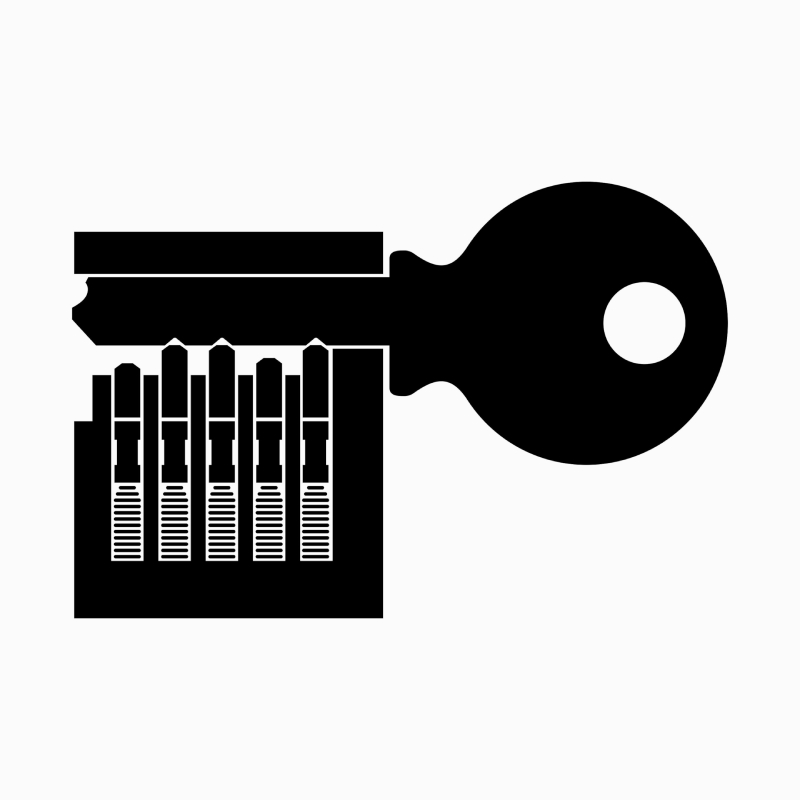
A bump key is a specially cut key that allows you to bypass the security features built into traditional pin and tumbler locks. They’re also known as 999 keys because the ridges on their key are reduced to the maximum depth (999) in a key machine. This is how bump keys work against simple locks.
The process of cutting these keys is straightforward. It takes less than five minutes to cut a bump key and they’re not difficult to find. Using a bump key to mimic the correct key is a simple option for thieves looking for easy access points to homes or businesses.
How Does It Work?
The security pins in a lever lock are tiny springs that must be properly positioned. The cylinder will turn when the pins are aligned with the correct key, allowing you to turn and open the lock. A bump key can be inserted into a lock and then slammed with a mallet or screwdriver. The key pins in the lock line up as the bump key is tapped by the person attempting to gain access. With just a tiny twist of the key afterward, the burglar may then unlock the door.
Is Lock Bumping a Real Security Threat?
Bumping keys isn’t a new concept, and it’s more popular than most people realize. The process is simple to grasp and all you need is a key blank that fits a specific lock, a file to alter it with, and anything to bump the key with, such as a mallet or hammer.
It is a straightforward process. Bumping keys is so simple and popular that you can buy key blanks and watch instructional videos on the internet if you want to learn.
However, lock bumping isn’t necessarily more hazardous than other home security concerns. In reality, many security measures may be circumvented by an experienced invader.
When it comes to submitting an insurance claim, lock bumping is a little more unusual than other home invasion scenarios. In most cases, lock bumping does not provide any evidence of unlawful entry. Some insurance companies will refuse to pay a claim unless there is solid proof of unauthorized entry. It’s so much better to avoid lock bumping altogether.
How to Know If Your Lock Has Been Bumped

Lock bumping is a method that does not require any heavy-duty equipment and can be done with nothing more than a screwdriver and a bump key.
Most American doors are equipped with conventional cylinder locks that are prone to lock bumping, which means most homes in the United States are vulnerable to home invasions via lock bumping. It is indeed one of the quickest and simplest methods for robbers or invaders to break into your house.
Homeowners and property managers must therefore remain vigilant, checking their locks for signs of a break-in. If a break-in was unsuccessful during the first try, the burglars may be better prepared on their second attempt. Knowing a few warning signs of a possible lock bump may alert you and keep you safe.
Nicks Around the Lock
Lock bumping requires a certain amount of force and repeated pounding, which typically leaves nicks around the keyhole’s edges. These marks are generally caused by the hard pounding of the key into the keyhole. If the lock bumping is recent, you will notice that these nicks look fresh or new. Although newer scrapes and deep cuts on the lock’s edges may be a sign of foul play, some nicks are not uncommon for locks that get used frequently.
Faulty Locks
If you try to turn the key, but it doesn’t seem to be working right, it might mean that someone has tried to tamper with the lock. Lock bumping entails forcing the tumblers to fall out by striking a makeshift key that fits inside the target lock with a blunt instrument. This frequently disrupts the normal operation of the lock, rendering it useless.
How Do You Know If Your Lock Is Bump-Proof?
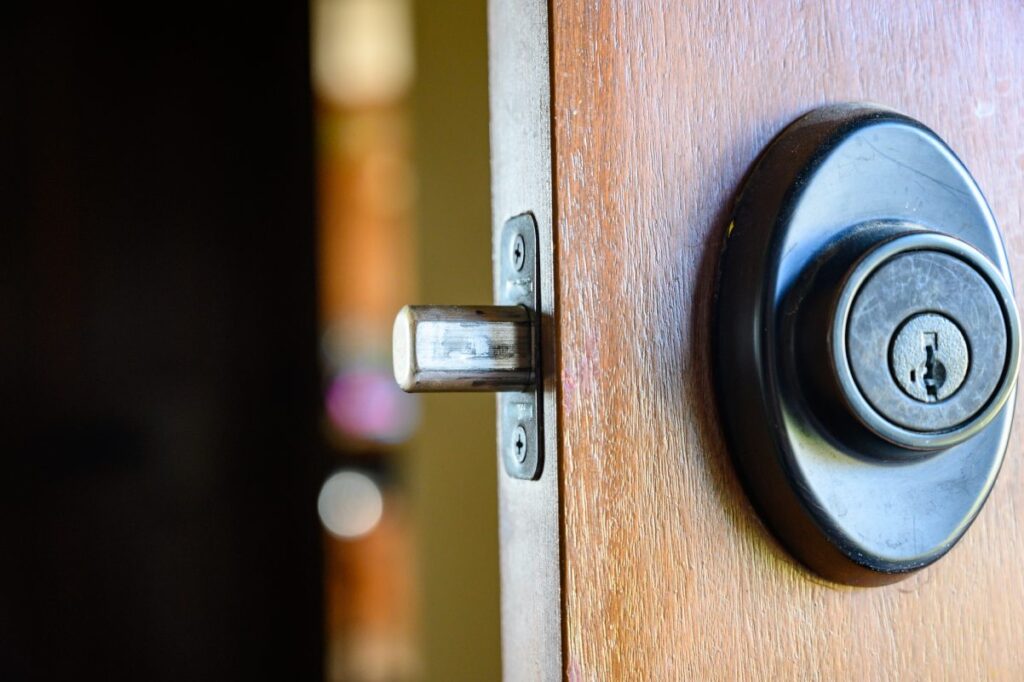
Newer locks from reputable manufacturers are designed to be bump-resistant locks. How do you identify these? They have a “UL 437” classification and you may also notice tiny, distinctive markings near the keyhole of these lock types. These high-security locks are different than regular locks. They don’t have key pins that can be bumped or picked. This makes it much harder for burglars to get into your home or property.
There are several high-security locks that your locksmith might suggest for your home. These locks have features that make it harder for someone to break in, like a bolt with a ball-bearing extension that locks into the receiver of the door frame.
How Can You Protect Yourself from Lock Bumping?
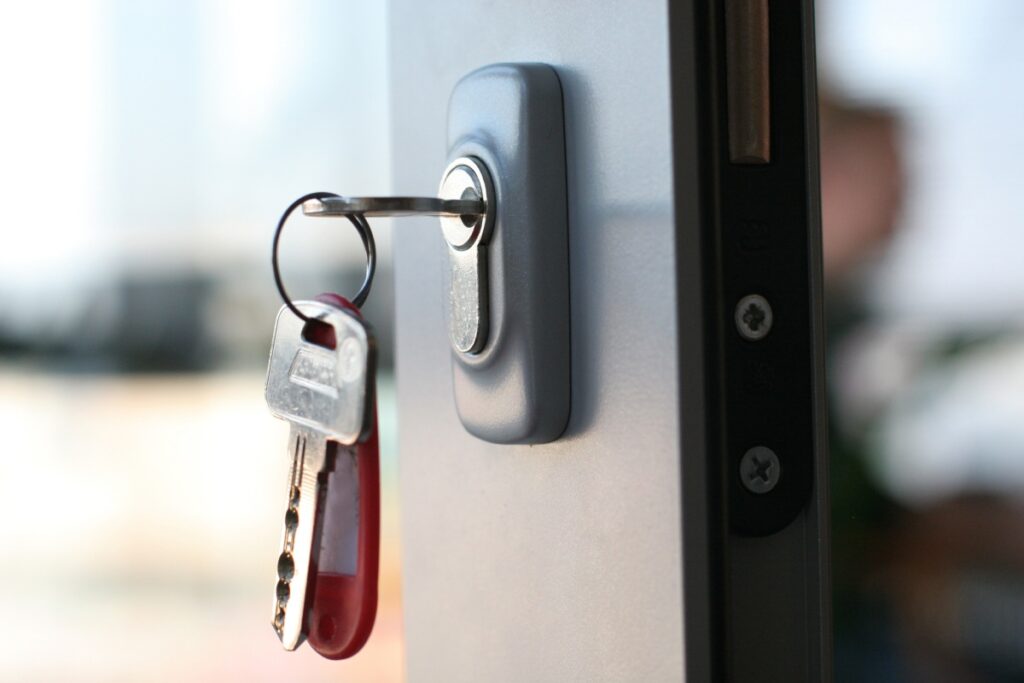
Consider Using Temporary Lock Guards
To prevent lock bumping, you may consider a variety of low-cost products as reliable alternatives until you can replace your locks. For example, you might utilize a flip guard to keep the present lock and deadbolt in place even if an invader attempts to pick the lock.
You may also consider using a thumb-turn guard. This device is used to prevent the thumb turn portion of a deadbolt from rotating. If it can’t rotate, the key won’t turn, which prevents the deadbolt from retracting back into the lock.
The major drawback of lock guards is that they cannot be accessed from the outside, even though you have the proper key. This implies that the solution isn’t perfect in the long run. You may only use such a gadget while you’re inside the building, or to secure the lock before exiting via another doorway.
Install a Security Camera
Even though a security camera cannot exactly stop an intruder from bumping your lock, its presence might be a deterrence. If nothing else, a security camera can alert you to suspicious activity or capture the image of the burglar after the fact.
This advice is particularly beneficial for property owners who wish to file an insurance claim after a home or business break-in. It might be difficult to persuade insurance companies that a claim is genuine without the assistance of a professional forensic locksmith when damage cannot be observed following lock bumping.
Install video cameras outside of your main doors for an added layer of protection. Providing a video that proves that someone broke into your property helps in an insurance claim. The video will assist you in demonstrating that you were, indeed, the victim of a thief, which is necessary for your claim.
Fortify Your Locks
There are ways to make your locks stronger or more difficult to bump. You can do this by adding more protection or using a different type of lock. If you are looking for an option less expensive than changing your locks, you can talk to a locksmith about modifying your current locks and deadbolts. This approach will lower the chances of your lock getting bumped. Although this does not guarantee that you will be entirely immune to lock bumping, it makes the task considerably more difficult.
Another viable alternative is to have your locks insured or installed with special pins that make the lock more difficult to bump. These pins, also known as security pins, are fast becoming a popular choice.
The pins are intended to bind before they reach the shear line of the lock. The method is not completely bump-resistant, but it should deter criminals since it takes more time to bump, and a burglar wants a fast entry and exit.
If you’re prepared to spend a bit of money to improve your security, bump-resistant locks are a good investment. We at Silver Eagle Locksmith recommend high-end locks that are bump resistant and ultimately help you prevent lock bumping and intruders.
Installing Bump-Proof Locks and How They Work
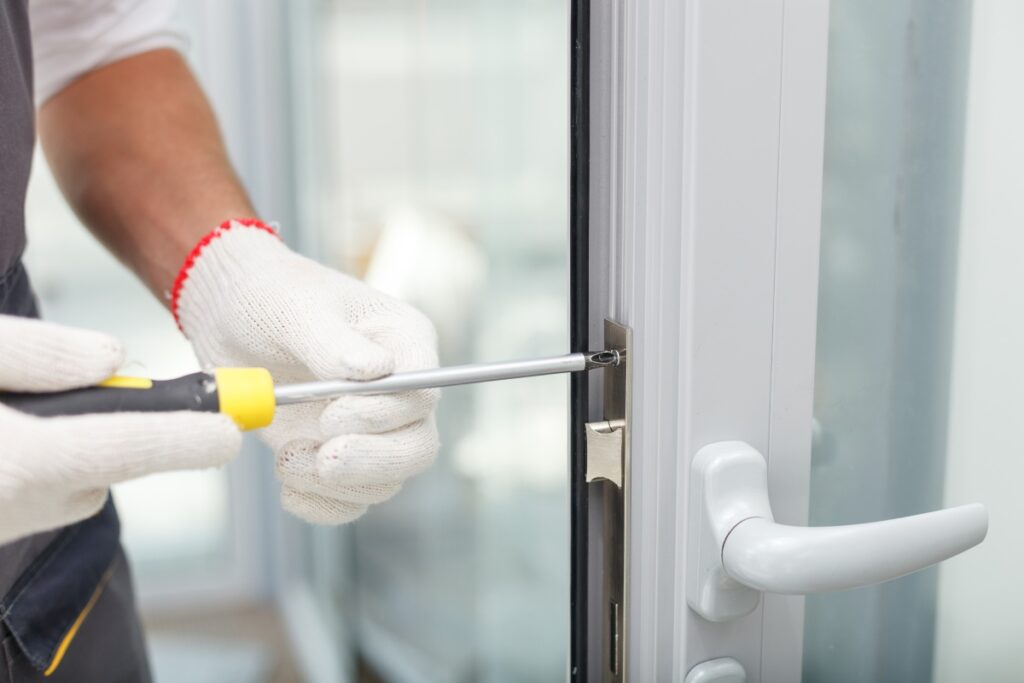
Bump-proof locks have additional security features, giving the key two primary purposes – locking the door and preventing lock bumping. This is possible because the mechanism for locking and unlocking has been altered, making it more difficult to gain entry into your home with a key bump. Locks that have these features are your greatest protection against lock bumping, especially when compared to the simple pin tumbler mechanism of older locks.
If you want to install these locks yourself, it’s a good idea to go through an instructional video first, but getting locksmith services is the easier option. In the end, it will be less expensive and quicker, with a higher rate of success. They have the finest bump-proof locks on hand, as well as the appropriate equipment for installation.
Why You Should Choose Professional Locksmith Services
A good locksmith is not only a professional lock installer. For them, the protection of your house or commercial center is at the heart of their service. When you engage a professional locksmith, you’re hiring someone who can analyze your entire home or business and provide recommendations for protecting your property.
A competent locksmith will be familiar with the most recent models of locks as well as which types of locks are best for various scenarios. They can tell the difference between high-quality, tried-and-true locks that can secure your home or business and low-quality ones that may be easily get bumped.
You must also note that even high-quality locks will not work if they are not installed correctly. A professional locksmith will make sure there are no gaps or mistakes in the installation of the high-quality locks they have offered.
Professional Locksmiths Possess the Correct Tools and Experience
The locksmiths from Silver Eagle Locksmith in Las Vegas have professional-grade equipment and years of experience installing locks properly; they install residential and commercial locks every day. Locksmiths that are trained in this way have extensive skill with a wide range of locks and best installation practices.
Professional locksmiths are better informed and have a better chance of success on every installation. Locksmiths are the most effective choice for lock hardware installation, particularly in new construction or on a brand-new door that will need to be sturdy and efficient.
How Silver Eagle Locksmith Can Help – Installing Bump-Proof Locks
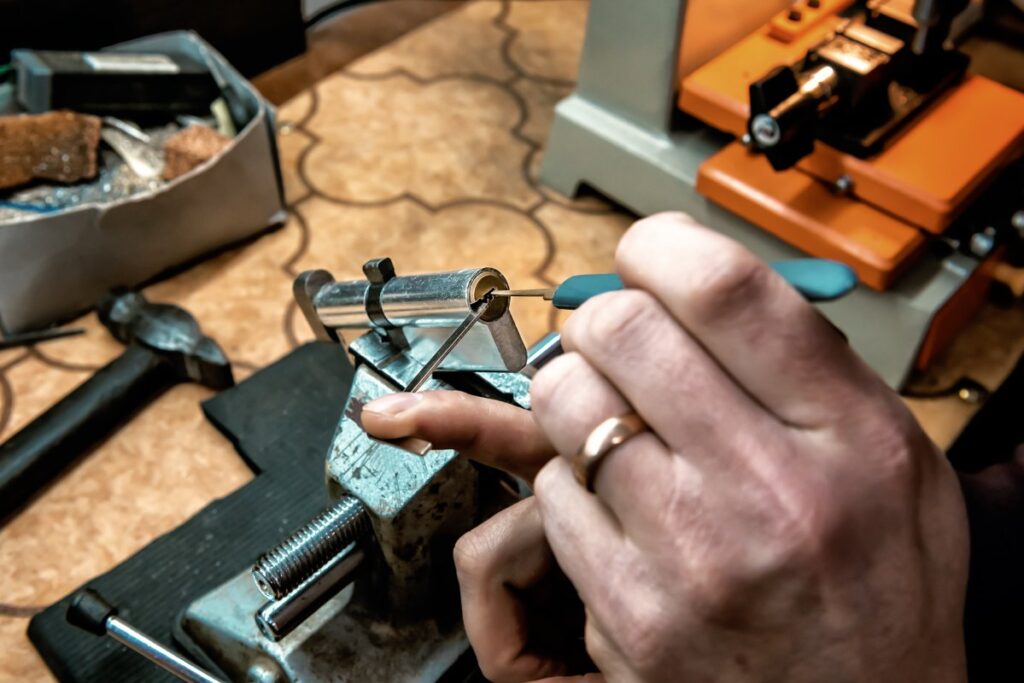
Silver Eagle Locksmith can assess the security of your current locks, provide you with a comprehensive variety of bump-proof locks, and install the lock of your choice. This ultimately helps you prevent lock bumping.
We may also be able to perform a bump resistant rekey on your current locks if they are in good working order and free of damage risks. Rekeying will save you money over changing locks since we can replace the key pins and springs instead of replacing the entire lock.
Our services will completely remove your worries about lock bumping and put your mind at ease. For a free quote or to have bump-proof locks installed in the fastest time possible, contact us now online or at 702-539-9581.
We at Silver Eagle Locksmith aim to establish a long-term connection with all of our clients in Las Vegas, especially those who live and work here. When you interact with our specialists, you’ll know you have a partner for all your future lock and security concerns. You can rely on our mobile locksmith professionals in Las Vegas to help you protect your property from key bumping, but also in an emergency lockout scenario or if your key breaks in your car ignition. Silver Eagle can handle all your locksmithing needs!

